Olive Young - Eungam Station Branch [Tax Refund Shop] (올리브영 응암역)
11.0Km 2024-04-17
475, Jeungsan-ro, Eunpyeong-gu, Seoul
-
Ebookers Korea Inc. ((주)이부커스코리아)
11.0Km 2025-07-29
(2nd Floor), 212 Jangchungdan-ro, Jung-gu, Seoul
We strive for a special kind of tourism that combines wellness tourism (healing) and medical tourism (treatment).
We are a Korean wellness and medical tourism company leading the country’s safe and healthy travel culture.
* Products and Services
Wellness medical tourism programs that uniquely combine wellness and medical tourism
Referral and reservation service for selected wellness destinations and Korean hospitals with excellent medical technology
Guidance services provided at local partner companies
Content creation and reservation based on our personalized service system
Convenient tourism programs catering to each patient's health conditions
Medical tourism visa application and referral services on C33VISA site
* A medical tourism product brand
Medi Well Come products: Health checkup / general practice (minor / major / female / preventive / eye problems)
Seoul Former Russian Legation (서울 구 러시아공사관)
11.0Km 2020-06-18
21-18, Jeongdong-gil, Jung-gu, Seoul
+82-2-3396-5882
The Russian Legation was built in a Renaissance style in 1890. Russian architect, A. J. Scredin Sabatine designed the structure. In 1895, during the Joseon dynasty, the Eulmisabyeon Incident took place as a show of force by the Japanese.
Empress Myeongseong-hwanghu was emerging as a strong figure in Korea at a time when a power struggle between Japan, China, Russia, and other powers were taking place. Japanese Minister, Miura Goro saw her as a threat and ordered her assassination. After hearing news of the Empress’s assassination, King Gojong and the Crown Prince sought refuge in the Russian Embassy for one year.
After 1945, the Soviet Union took over the embassy until it was almost completely destroyed by a fire during the Korean War [1950~1953]. The only remaining parts of the building are the tower and basement areas. The building was restored to its current condition in 1973 and is now enjoyed by many as a public park.
National Meteorological Museum of Korea (국립기상박물관)
11.0Km 2024-03-26
52 Songwol-gil, Jongno-gu, Seoul
A museum where one can look at Korea's meteorological observation history and technological development through exhibitions. The museum has the world's first rain gauge, invented in 1441, in the early Joseon dynasty. The museum operates approximately 350 meteorological observatories across Korea and focuses on promoting the uniqueness and excellence of Korea's meteorological science. There are permanent collections and special exhibitions. The permanent collections focus on the history of meteorological science in Korea. At the same time, the special exhibitions take a closer look at the history and information about meteorological science and natural disasters (e.g., earthquakes) that occurred in various regions of Korea. There are experience programs related to meteorological science, such as making a rain gauge or learning about rain gauges.
Seoul Cathedral Anglican Church or Korea (대한성공회 서울주교좌성당)
11.0Km 2020-03-30
15, Sejong-daero 21-gil, Jung-gu, Seoul
+82-2-730-6611
Seoul Cathedral Anglican Church of Korea began
construction under Mark Trollope, the third bishop of the Anglican Church of Korea, in 1922. It was designed by a English architect Arthor Dixon. Dedication ceremony of the church was held On May 2, 1926 when the construction work hadn't been completed yet. At that time, the church building was a 3-storey building with
a 992 m² floor size. Later in 1993, the original blue print of the church was found at a library in England and the construction resumed
and would be completed in 1996.
The church building is a harmonious combination of Romanesque and traditional Korean style. The exterior of the church is shaped like a cross with various lines placed in harmony. Inside the cathedral, there are 12 stone columns symbolizing the 12 apostles, a
mosaic of Jesus on the front wall, and a brass plate in commemoration of Mark Trollope. Under the brass plate, the
remains of the bishop Mark Trollope are enshrined.
* Size: B1-3F
* Building site area: 519㎡ (157 pyeong), Ground area 909㎡ (275 pyeong)
Lacantina (라칸티나)
11.0Km 2021-03-29
19, Eulji-ro, Jung-gu, Seoul
+82-2-777-2579
The first Italian restaurant in Korea. This Western dishes restaurant is located in Jung-gu, Seoul. The representative menu is pasta.
Seoul Metropolitan Library (서울도서관)
11.0Km 2022-12-14
110, Sejong-daero, Jung-gu, Seoul
+82-2-2133-0300
Seoul Library provides access to a wide range of documents and materials about Seoul Metropolitan City. Visitors will find diverse resources related to the city including history, culture, urban planning, transportation, environmental issues, administration, reports on outbound visitors, research documents, video clips, and e-data.
NOBIZIB (너비집)
11.0Km 2021-03-24
37-8, Myeongdong, 9-gil, Jung-gu, Seoul
+82-2-756-4084
This restaurant is famous for spicy Galbijjim (braised short ribs). This Korean dishes restaurant is located in Jung-gu, Seoul. The representative menu is spicy braised short ribs.
Myeongdong Hanubang (명동한우방)
11.0Km 2021-03-18
37-5, Myeongdong 9-gil, Jung-gu, Seoul
+82-2-2267-8132
This is a Korean cuisine located in Myeong-dong, Seoul. A Korean BBQ restaurant. The representative menu is grilled thin skirt.
Donuimun Museum Village (돈의문박물관마을)
11.0Km 2024-07-22
14-3 Songwol-gil, Jongno-gu, Seoul
Donuimun Museum Village is a historical and cultural space situated in the city center reborn through Seoul-style urban generation while still maintaining its historical value as the first village within the western gate of Hanyangdoseong as well as the lives and memories from the city's modern and contemporary era.
Together with the neighboring area surrounding Gyonam-dong, Jongno-gu, Donuimun Museum Village was selected for inclusion in the "Donuimun New Town" in 2003 for which all of the existing buildings were to be torn down to construct a neighborhood park. But the city of Seoul had another plan in mind; it wanted to maintain this small village, where the old lives and memories are still well-preserved, as a village museum to not only spread the historical significance of Saemunan Village, the first neighborhood within the western gate of Hanyangdoseong (the Seoul City Wall) but also establish the village as a historical and cultural asset for all Seoul citizens. The village was remodeled while keeping the buildings as untouched as possible and, in a few sites where houses had been torn down, broad yards were created. As a result, the warm and affectionate appearance of the village including modern structures, urban-style hanok, and streets with 100 years of history still remain today in their original places to be reborn as a place of new culture enjoyed and experienced by citizens.
Today, Donuimun Museum Village welcomes visitors with a new concept, "100 Years of Seoul, Time Travel Playground in the City." The village has undergone a significant overhaul to fill itself with "participation-style" spaces and contents where exhibits, experience sessions, performances, and marketplaces are held year-round while keeping 40 or so existing buildings intact in order to solidify its identity as a "living museum village," which is the original intention behind the village's creation.
![Olive Young - Eungam Station Branch [Tax Refund Shop] (올리브영 응암역)](http://tong.visitkorea.or.kr/cms/resource/70/2888270_image2_1.jpg)

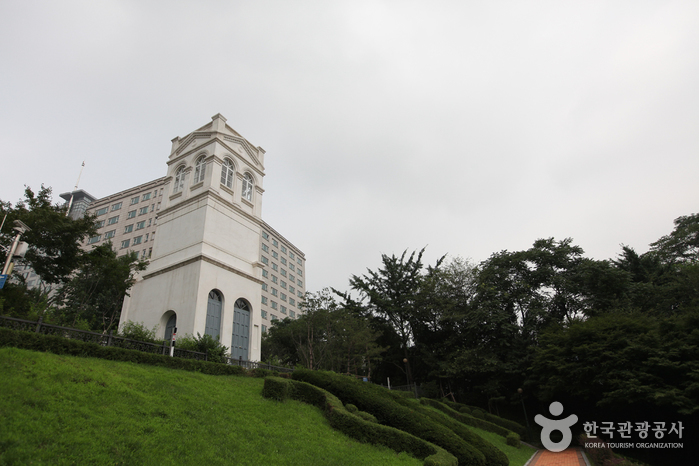
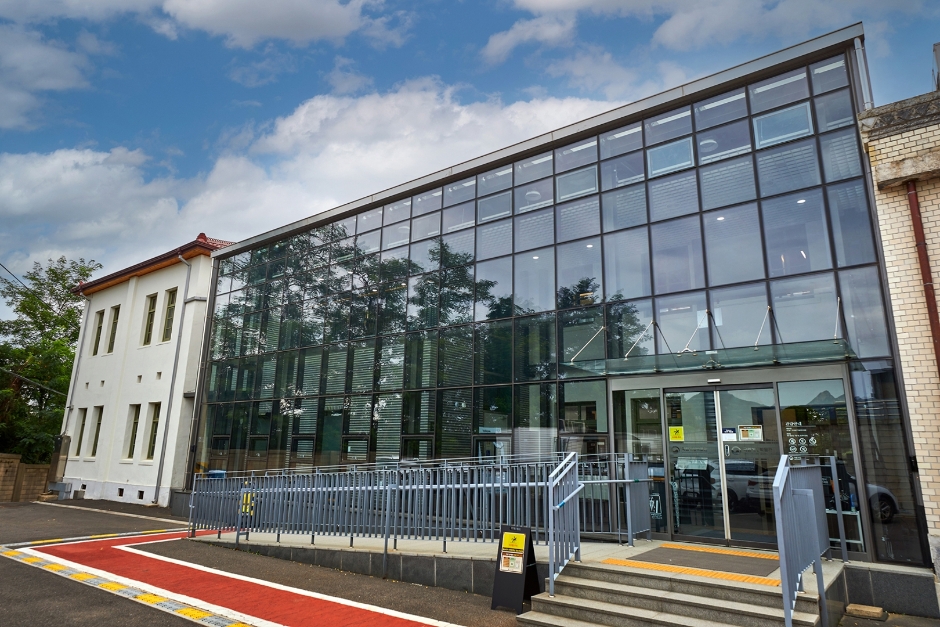
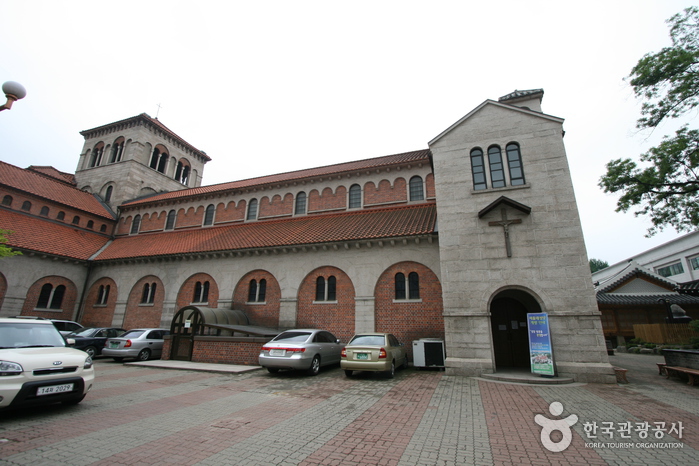

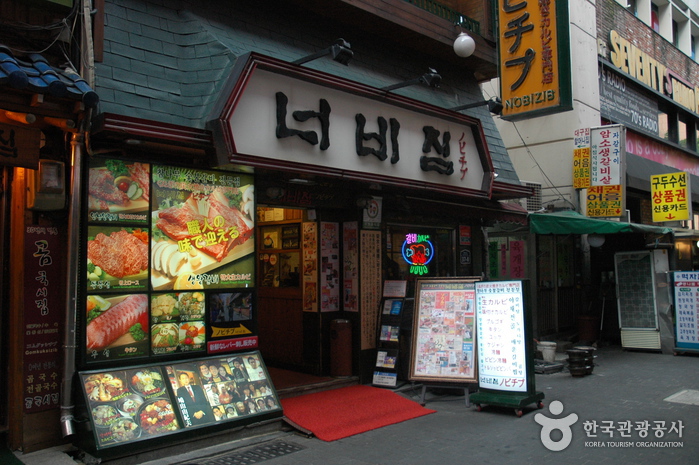
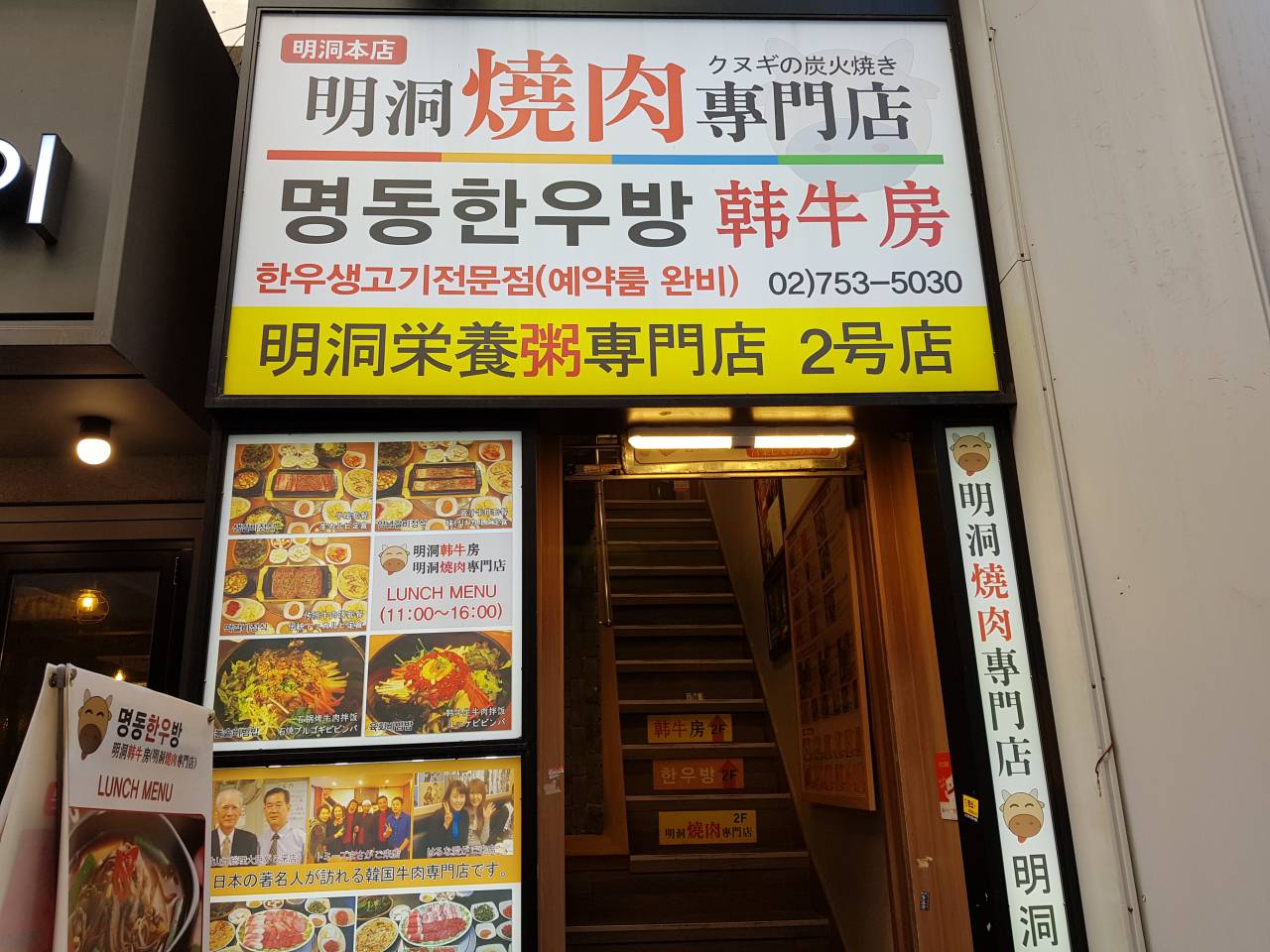
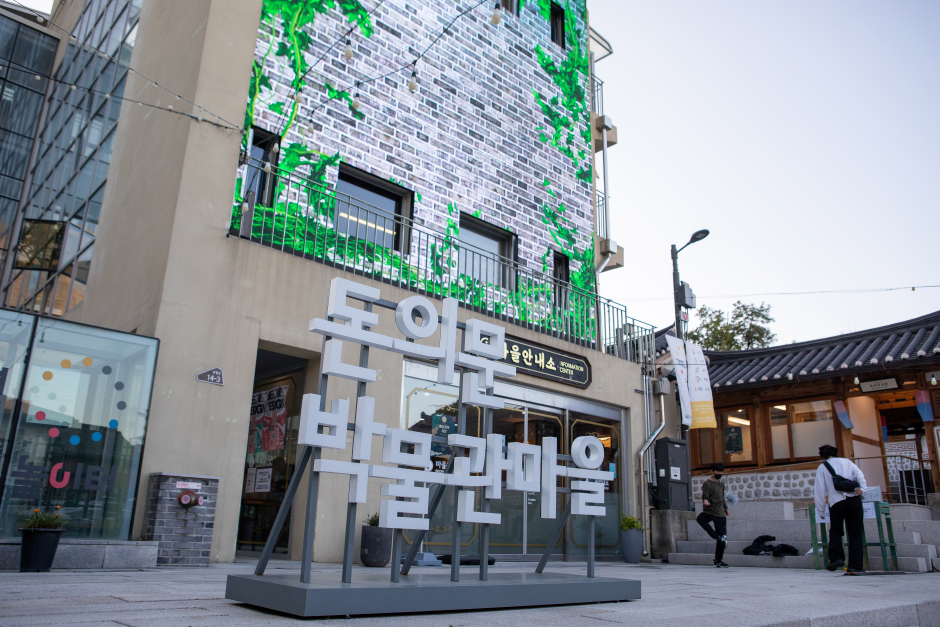
 English
English
 한국어
한국어 日本語
日本語 中文(简体)
中文(简体) Deutsch
Deutsch Français
Français Español
Español Русский
Русский